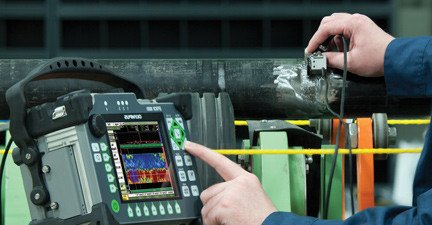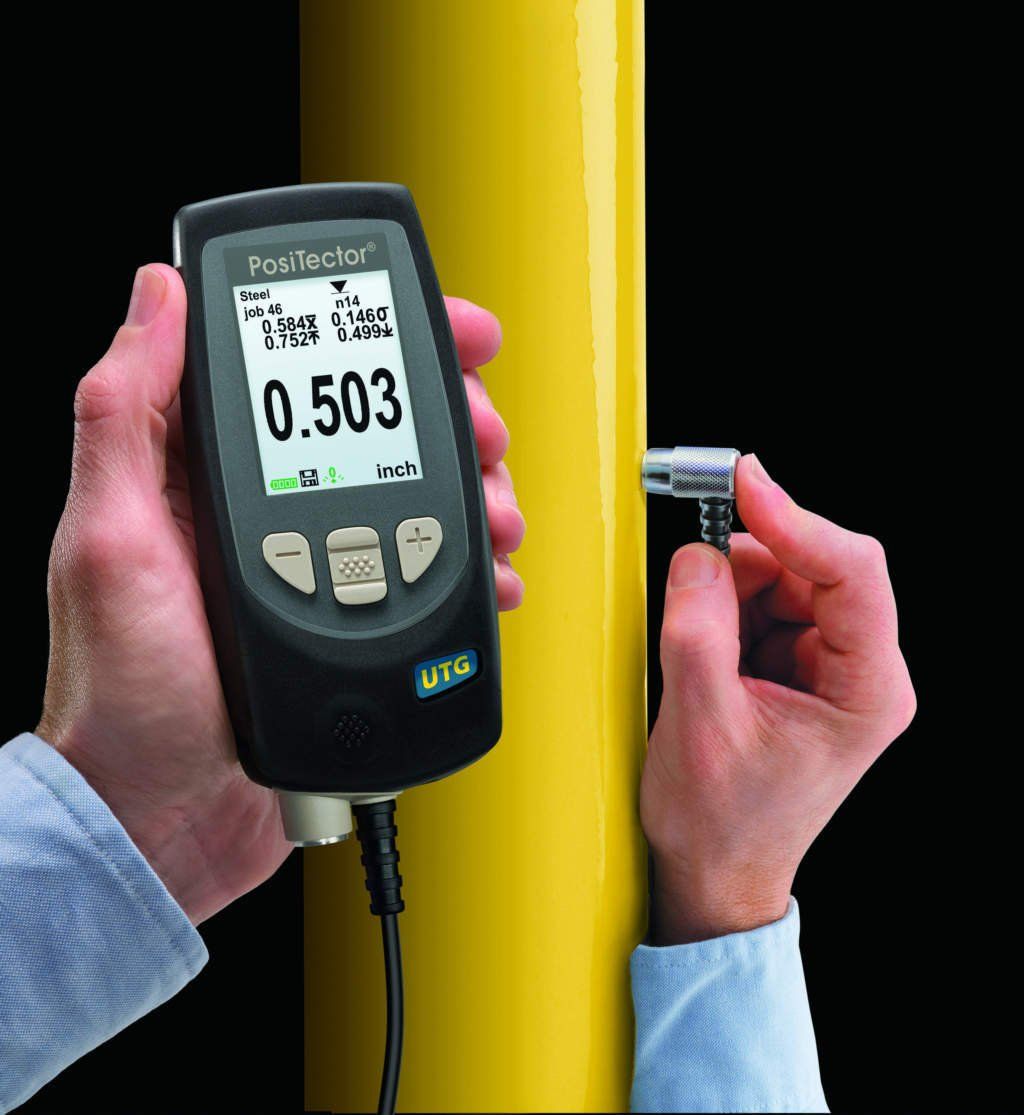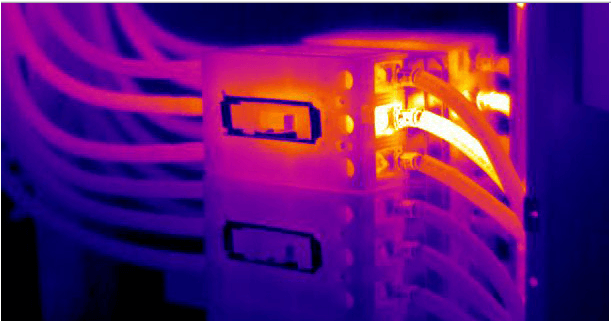LuxCura Services
Because planning counts
Safety and Service, Always our Priority
Satisfaction Guaranteed
We treat every project with the respect it deserves, and don't stop until you are satisfied.
Services
Lighting
Proper lighting installation & maintenance saves you money and improves how your shopping center looks and feels.
Wiring
Any time you are dealing with electricity, you need a certified expert. Anything less simply isn't safe.
Thermal imaging
Increased resistance and heat are the primary reasons most electrical components fail. Before electrical components fail, they heat up. Infrared scanning is used to inspect electrical equipment because excess heat is usually the first sign of trouble. Loose connections, imbalanced and or overloaded circuits, defective breakers, damaged switches, faulty fuses, and material defects all lead to equipment failure. Using infrared scanning as an early warning tool for potential electrical equipment/system failure is an important part of maintaining mission critical uptime.
Installation
Install your systems and interfaces properly from the start, and save yourself time and money in the long run.
Ultrasonic testing
Ultrasonic testing (UT) is a family of non-destructive testing techniques based on the propagation of ultrasonic waves in the object or material tested. In most common UT applications, very short ultrasonic pulse-waves with center frequencies ranging from 0.1-15 MHz, and occasionally up to 50 MHz, are transmitted into materials to detect internal flaws or to characterize materials. A common example is ultrasonic thickness measurement, which tests the thickness of the test object, for example, to monitor pipework corrosion..





